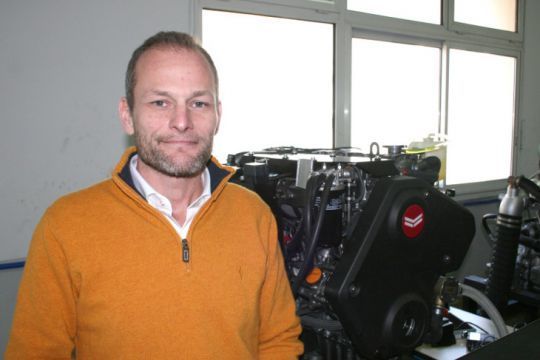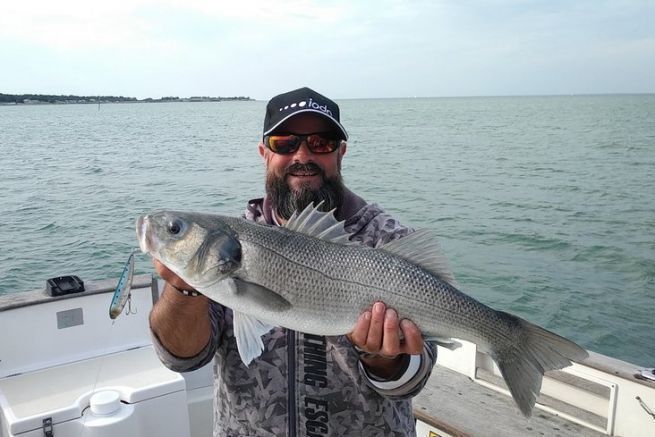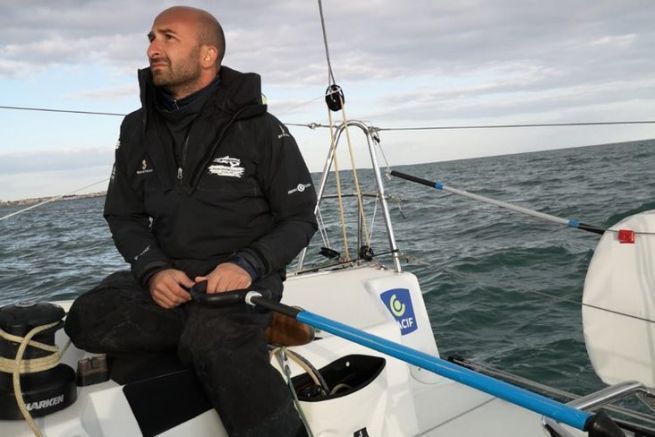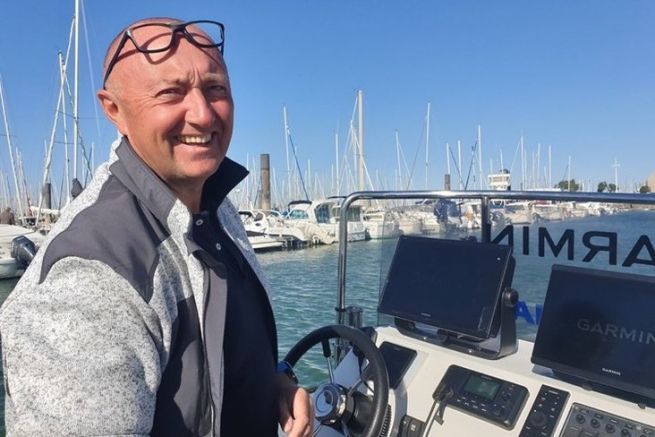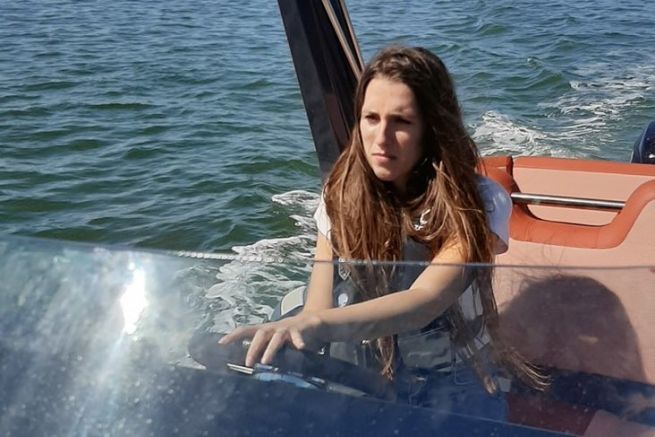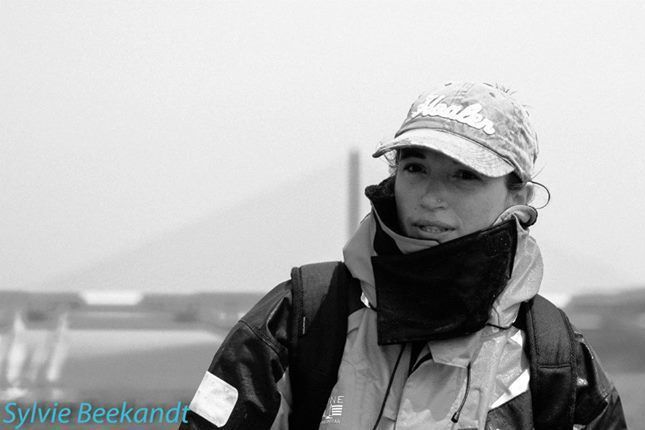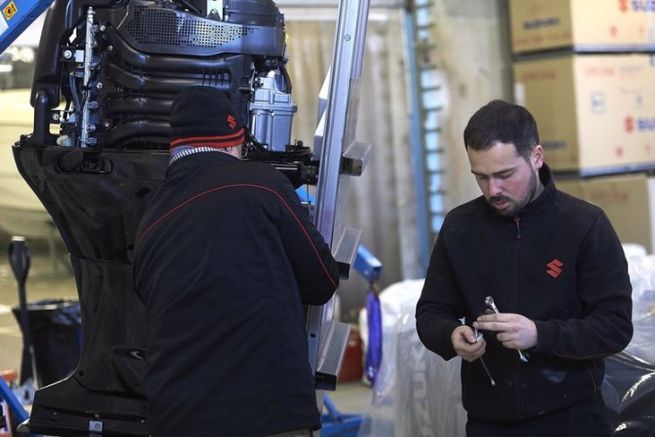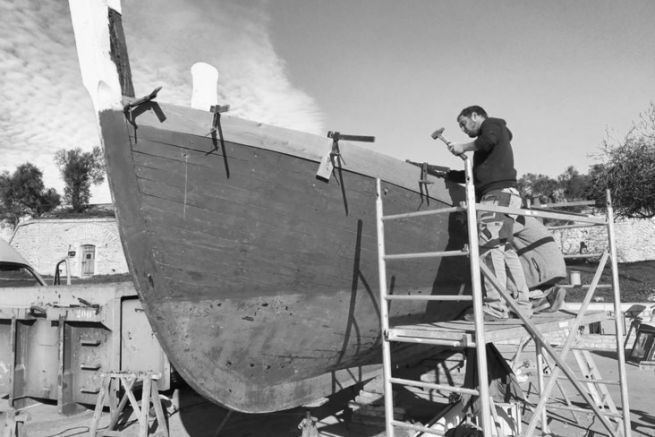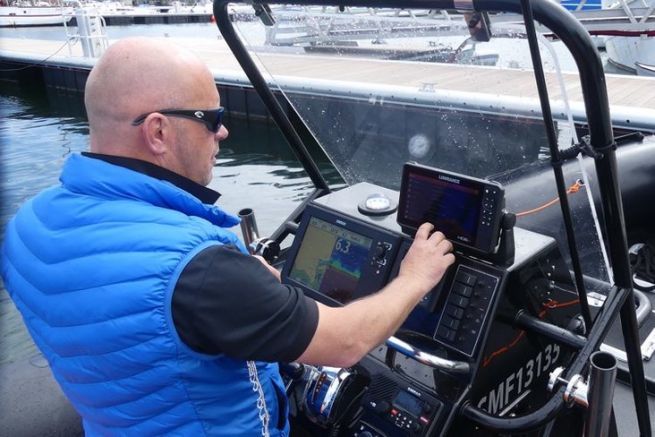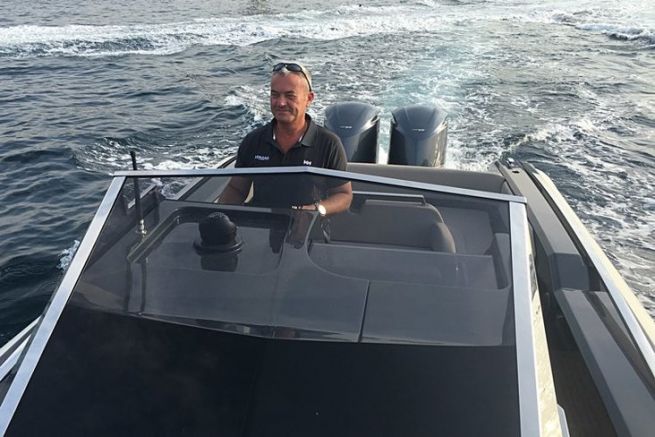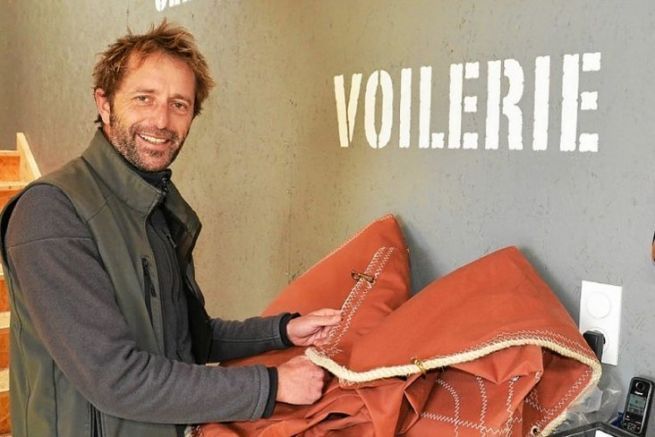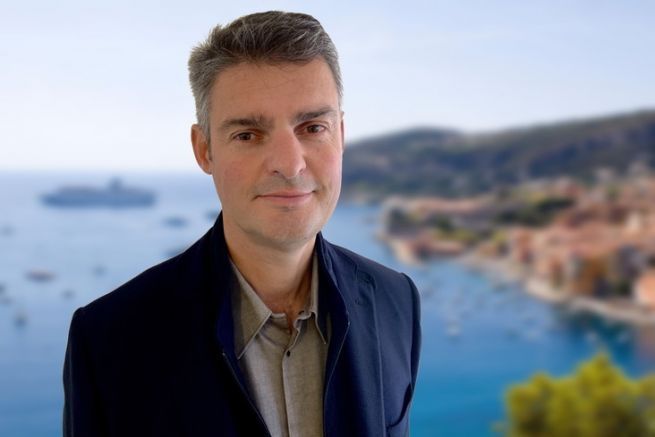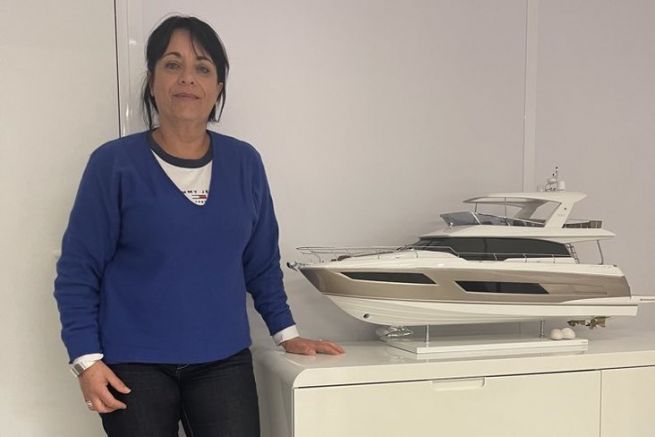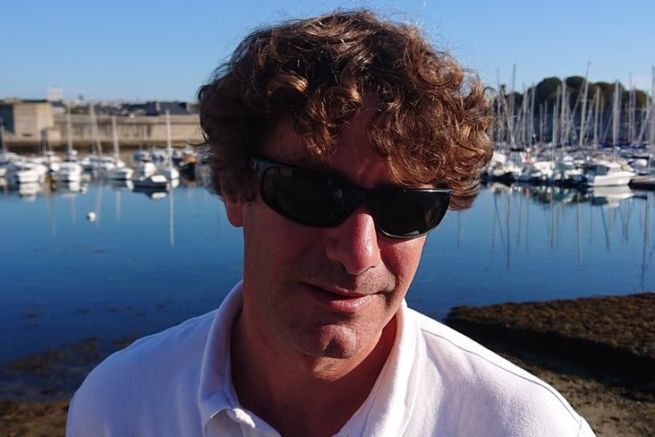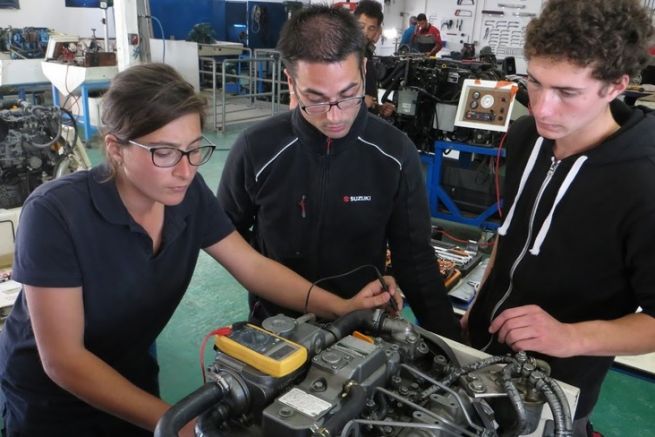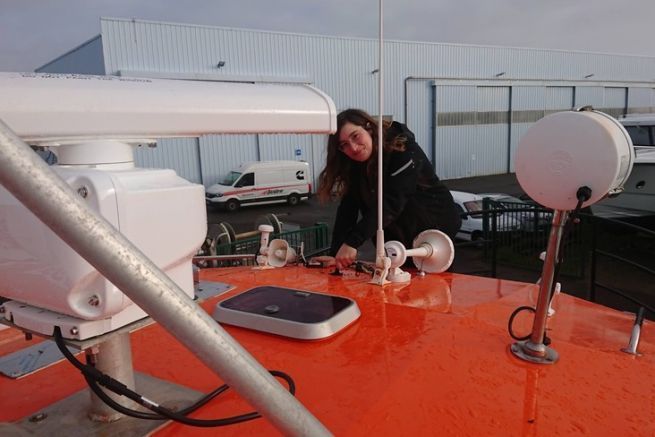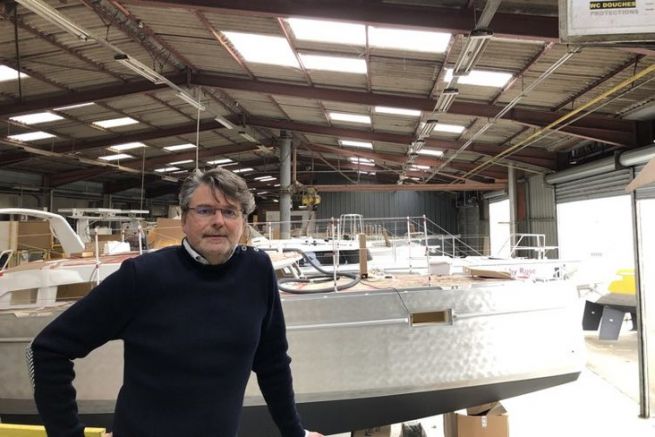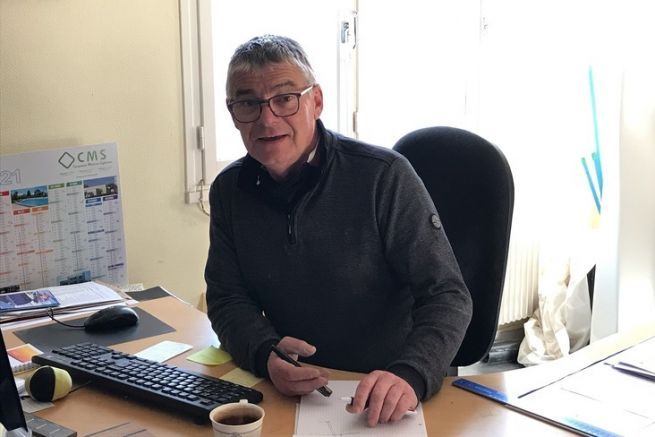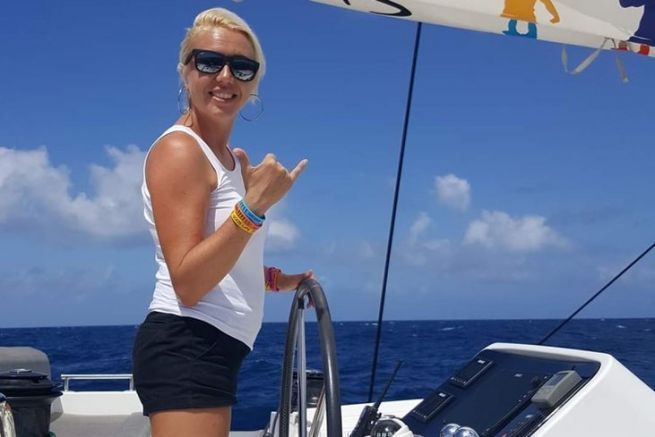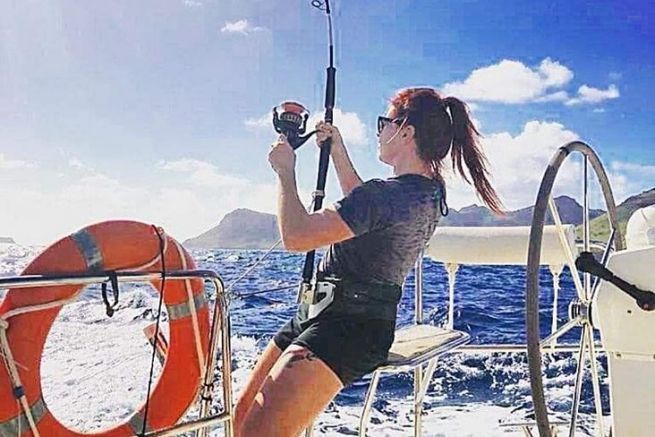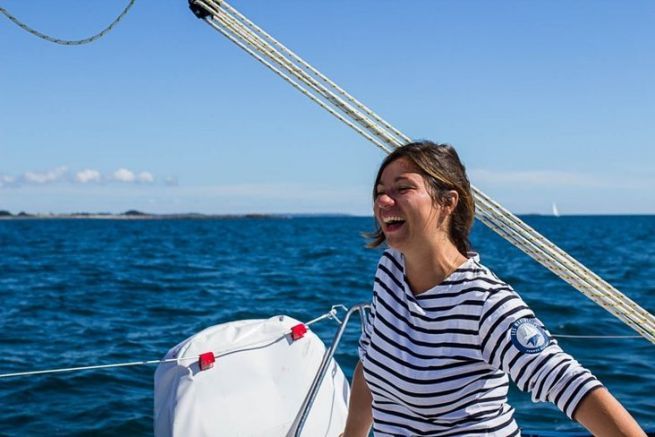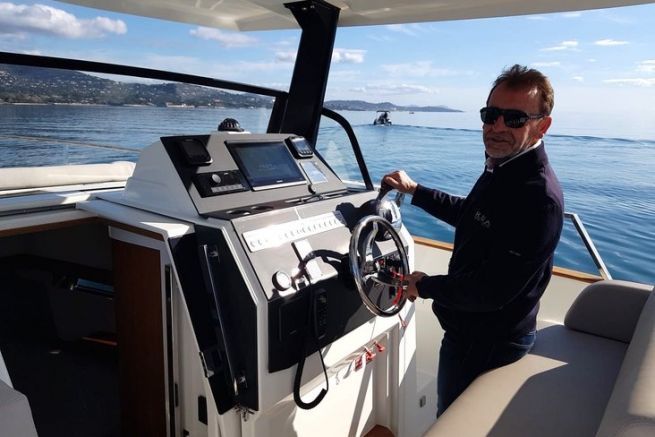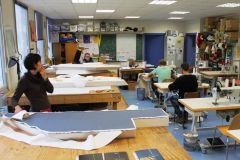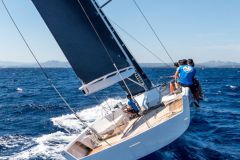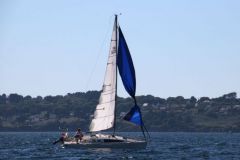Located in Brest and Roscoff, the sailmaker All Purpose - Voiles Océan is specialized in the equipment of coastal and offshore houseboats, regatta cruisers and Mini 6.50 sailing boats. The sailmaker also has a rigging workshop. So tailor-made: A sailboat that works locally and in front of you to make your sails!
What training, what diploma to occupy this position?
The sailing craftsman must hold a CQP Voilier (Sailing CQP). This professional diploma recognized by the Federation of Nautical Industries is delivered by Les Ateliers de l'Enfer in Douarnenez. Another possibility in the Brittany region is the Lycée Roz Glas in Quimperlé, which offers a complementary mention to high school students holding a professional, general or technological baccalaureate. It is preferable to also have some sewing skills.
After a scientific baccalaureate and a pro degree in "composite materials", Stéphane followed the training provided by the Ateliers de l'Enfer before moving to Henvic in 2005. In view of the success of the sailmaking business, the latter expanded and settled in Roscoff (Bloscon marina) and Brest (Moulin Blanc marina) and joined the GIE All Purpose in order to pool skills and R&D.
Don't forget and it's essential not to forget Stéphane's sailing and competition experience. In 420, 470 and 49er, he has sailed on national and international waterways without forgetting the Mini Transat and other cruiser races.
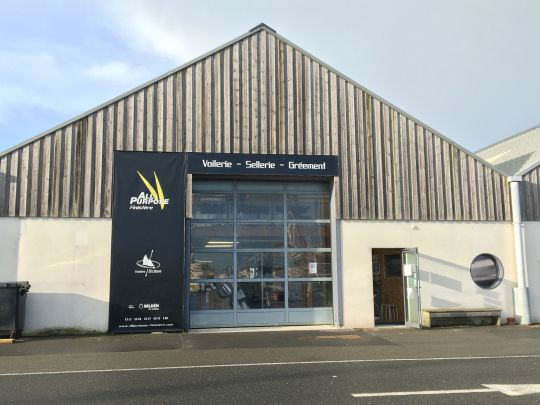
What skills are required?
Logical, manual and able to adapt to the customer's needs
In our artisanal sailmakers the craft is not formatted. We must constantly adapt to our customers and their needs. The repair shop is a good example. We have to fully understand the use of the sail we are given, find the most appropriate technical solution, repair and all this within tight deadlines, especially in the summer.
In design we work on a different time step during which the understanding of the type of navigation practiced by the client is paramount. This listening allows us to produce an object, a sail in this case, which will perfectly meet the needs of the yachtsman. It is necessary to avoid technical and technological overbidding.
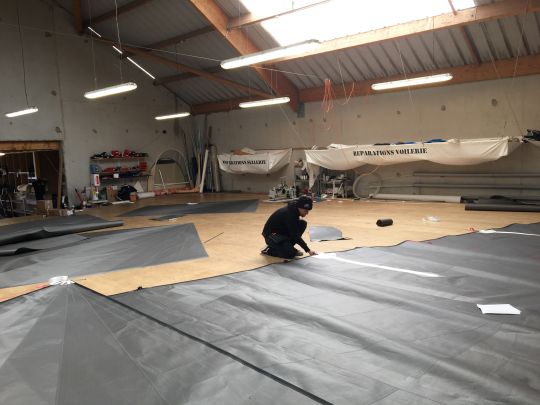
What daily newspaper?
It depends on whether or not the position is specialized. In some important sailmakers, specialisation is the principle (assembly, finishing, fittings, etc.). In our sailmakers (between 3 and 10 employees) each crew member manufactures the sail from A to Z, cutting aside. The handover to the customer and the shared checking are also a good time, it is even the salt of the trade. To be able to repair, design, build and provide a service.
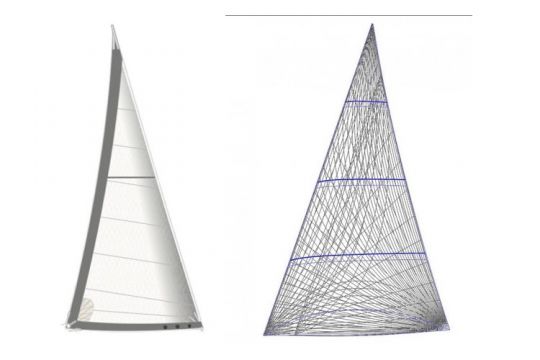
What responsibility?
Beyond the responsibility of the company, my first responsibility is to respond to a customer's request related to its program and to produce a quality object, mechanically solid and durable.
What are the possible evolutions of this profession?
In the trade the main evolution is at the level of design and material. For the design, the generalization of computing and integrated software facilitates the work and the almost immediate response, through the supply of plans, to the customer.
For the materials used, the stresses are different from Dacron to membranes, but the trend is towards less sewing and more bonding. Membrane technology allows "tailor-made sailing" par excellence. The density, nature and orientation of each fibre can be decided via the production of laminated composite panels. For membranes, the fabric is manufactured according to the sail, whereas in classic fabric the sail is assembled according to the fabric layers. It is not excluded, that in the short term all cruisers will be equipped with membrane sails. The change of scale will help to reduce costs.
We also note that our customers' boats are getting bigger and bigger, which requires more floor space. This adaptation is not always simple, but the trend is continuing.

Another development is diversification and/or response to unexpected or even atypical demands. Two examples among others:
- The geodetic calibration layer, the CalnaGéo device which allows in situ measurement of the altitude of the free surface of the water to a centimetric precision and allows the calibration and validation operations of the SWOT satellites managed by CNES (Centre National d'Etudes Spatiales), DT INSU (Technical Division of the National Institute of Sciences of the Universe of CNRS) and NASA (National Aeronautics and Space Administration).
- Another innovation, at the request of the Paul-Émile-Victor French Polar Institute in Brest, was the design of a waterproof tarpaulin, pollen-proof and resistant to temperatures of -50°C, to cover a hoisting cage for delivering equipment and strawberries from Plougastel, at the South Pole..
And also some recycling of veil in useful or advertising objects.

 /
/ 


